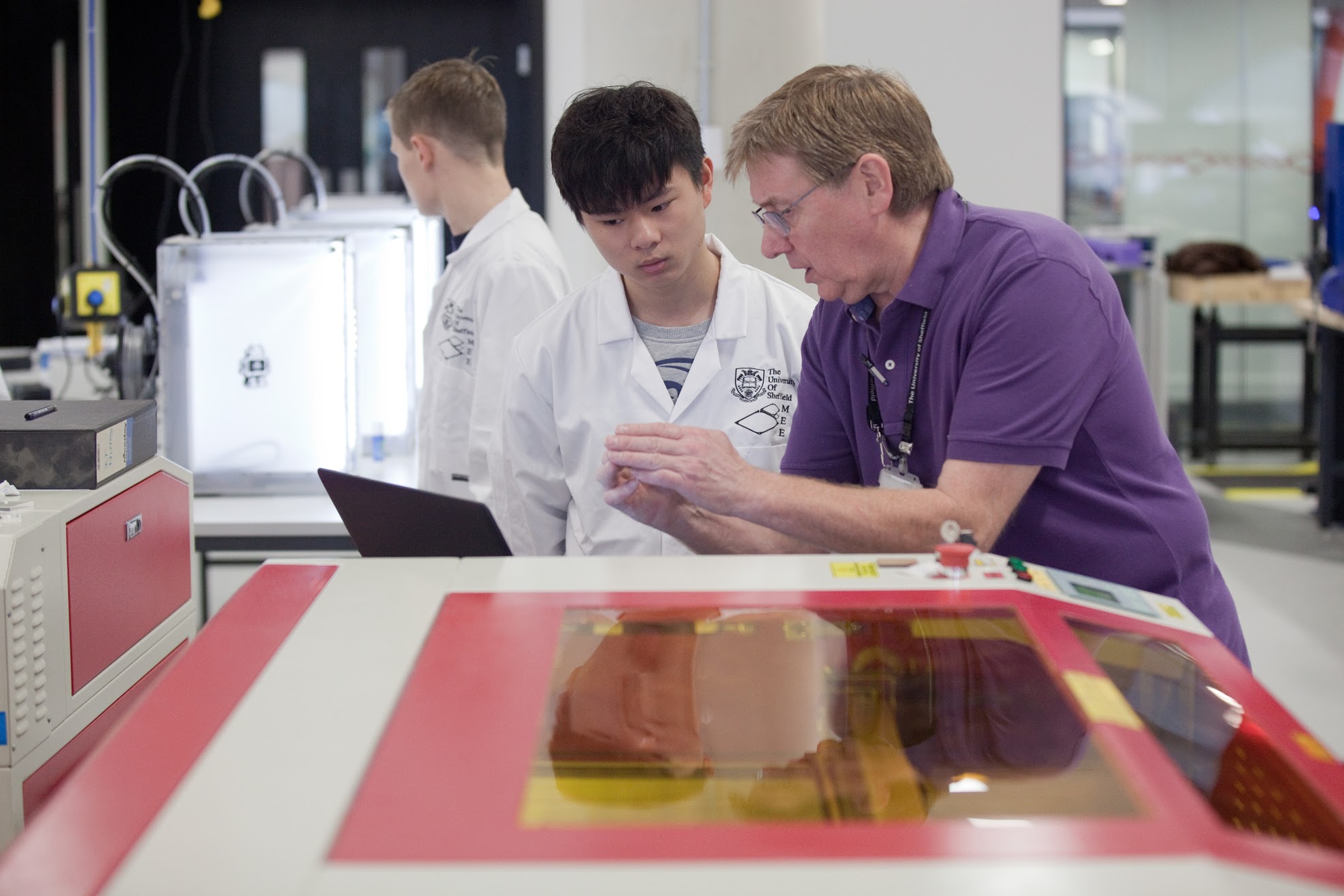
Language do's and don'ts
There are some specific language conventions that your procedure section should follow. In this step, we’ll share our language ‘Do’s and Don’ts’ to help keep you on track:
Do...
- Remember who the reader is.
- Write the methods section in chronological order (in the same order that you carried out the experiment).
- Write the methods section in paragraphs and connect your sentences.
- Use the Passive Voice (usually Past Passive, e.g. “the measuring device was calibrated”).
- Use sequence words to explain the order of what happened e.g “First, the measuring device was calibrated and checked and the guillotine cleaned with white spirit. Next, the specimens were measured. Following this, …”.
- Use words and phrases like ‘to’, ‘so as to’ and ‘in order to’ to explain the purpose of a stage or step of an experiment e.g. “The guillotine was cleaned with white spirit in order to ensure a clean cut and to prevent contamination.”
- Use full forms rather than contractions e.g. ‘do not’, ‘will not’, ‘cannot’.
- Use specific vocabulary, e.g. ‘item’, ‘equipment’, ‘object’, ‘material’, ‘sample’.
Don't...
- Copy and paste the instructions from the Lab or Experimental brief (e.g. ‘Calibrate the measuring device’)
- Just list your actions.
- Use ‘I’ or ‘We.’
- Use colloquial sequence words like ‘after that’ or ‘so in the end’.
- Use ‘Then’ at the beginning of a sentence. Place it like this: “Load was then applied”.
- Use vague words like ‘stuff’, ‘things’.
- Use phrasal verbs, idioms or metaphors such as “the signal was wiped out”.